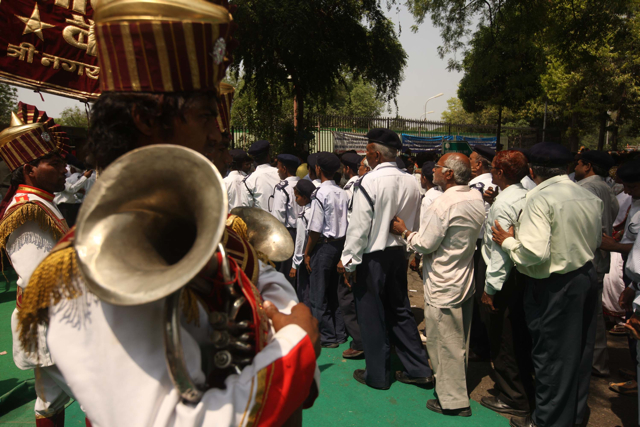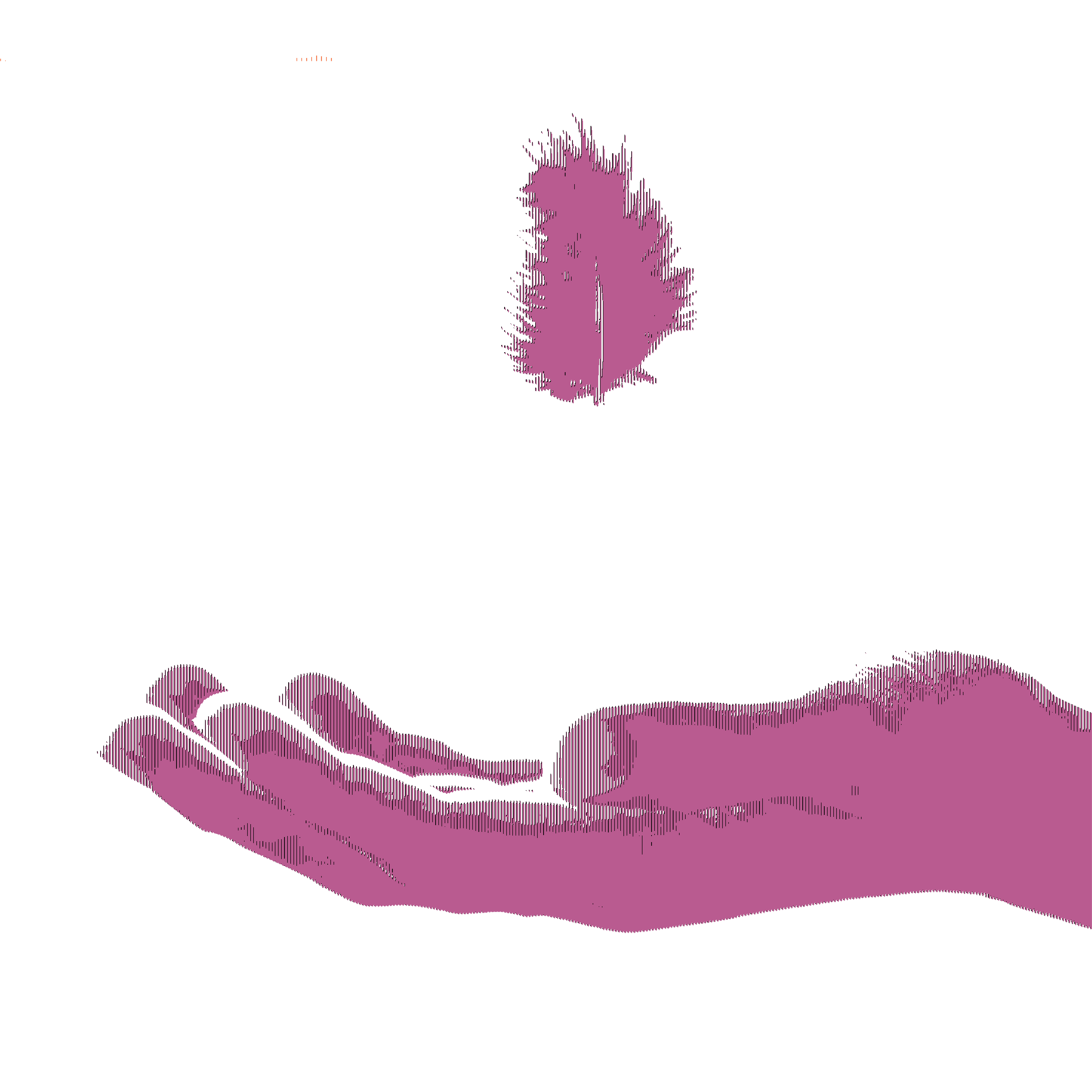
India, seen as a rising economic giant, is a place of increasing opportunity. In this "new" India, as the Indian media call it, caste is presumed to have been left behind. However, caste persists, and not just as discrimination against the "former untouchables." This project addresses caste as it exists in various forms -- and across religions -- and how it affects life and opportunities in the new India.
There are broadly three caste groups – the upper castes, the middle castes, and the lowest, the former untouchables. The sub-castes are into the thousands. Globalization and multi-party politics in the '90s have been producing new challenges for what is called "caste society." This has led to greater violence between groups and individuals, and between caste groups and the state.
The only time caste really comes into mainstream discourse in India is with the issue of affirmative action, vehemently opposed by upper caste elites as compromising "merit." But affirmative action in India has had some success, largely undocumented.
Urban, middle-class Indians who benefit from the new economy insist caste is going away – so why then are crimes against the former untouchables increasing? We're told education and modernity are answers to caste – so why then are caste associations led by their educated elites? Journalist Shivam Vij sheds light on these questions, showing that caste is not only alive but thriving in the new India.
Shaheen is reporting for the Pulitzer Center as a 2011 recipient of the Persephone Miel fellowship.

